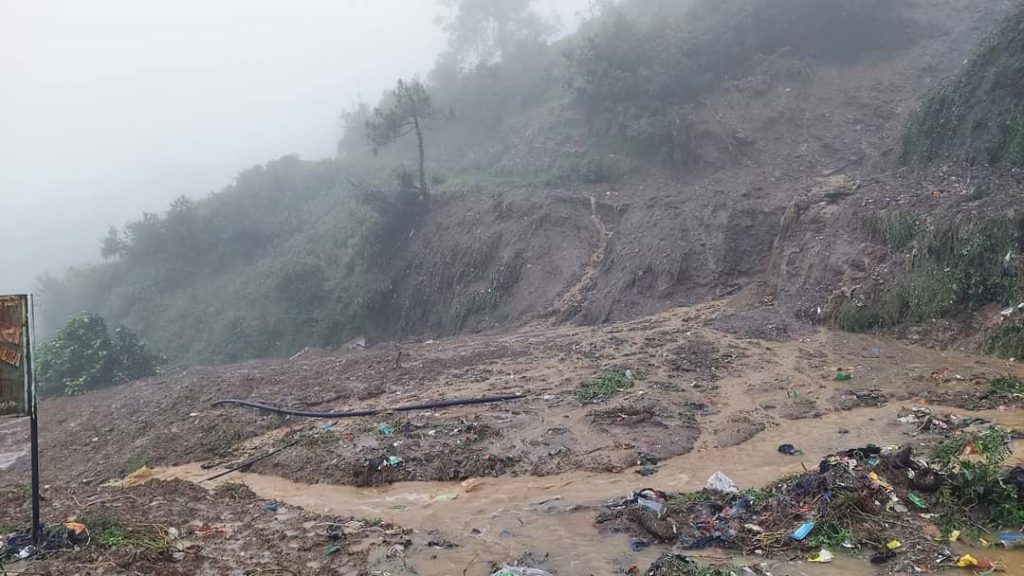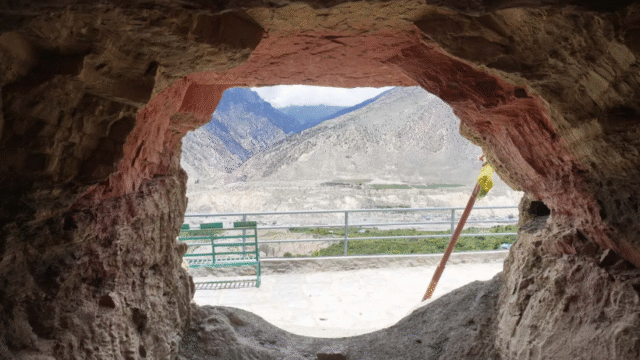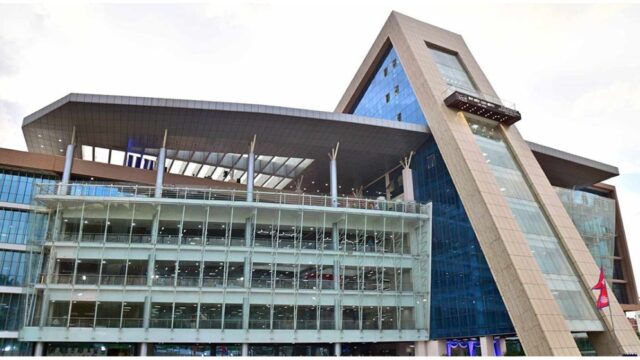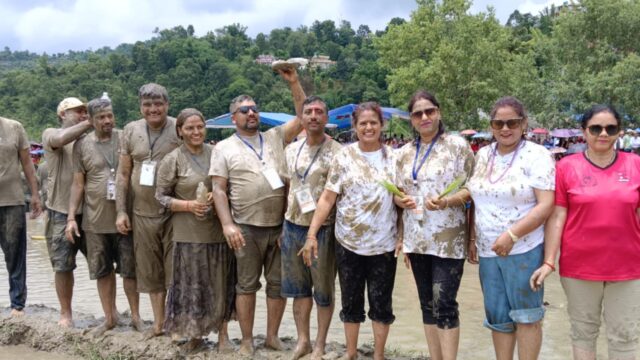The ongoing heavy rainfall in the Sudurpashchim Province has caused multiple landslides, blocking several major highways that are vital for both local transportation and tourism. Popular routes, including the Dhangadhi-Dadeldhura (Bhimdatta), Dadeldhura-Dipayal (KI Singh), Budar-Jogbudha, and Khodpe-Bajhang (Jaiprithvi) highways, have been completely obstructed, severely impacting travel for tourists and locals alike. These highways connect key tourist destinations in the hilly areas of the province, and the disruption is likely to affect the movement of tourists exploring the region’s natural beauty and cultural sites.
Additionally, the landslides have blocked the Zorayal and Sahajpur-Bipinagar roads in Doti, leaving vehicles stranded with no alternate routes. The blockage has not only hampered local traffic but also caused delays for tourists heading to places like the Khaptad National Park and other scenic spots that are popular in this region. The Nepal Police’s Highway Safety and Traffic Management Office in Attariya, Kailali, confirmed that efforts are underway to clear the landslides and resume transportation. Some sections of the Bhimdatta Highway have already been partially cleared, but travel remains difficult.
Kailali district, a transit hub for tourists traveling to and from the hilly regions, has seen severe flooding in key areas, including Bhajani, Janakinagar, Pathariya, Kailari, and Joshipur. These disruptions pose additional challenges for travelers planning to visit destinations such as Shuklaphanta National Park or Dhangadhi, known for its proximity to both wildlife and the natural attractions. With rising water levels in major rivers like the Mahakali and Karnali, the situation could further complicate travel plans for adventure seekers and pilgrims.
Tourists and locals alike are advised to exercise caution and stay updated on the weather conditions. The District Administration Offices of Kailali and Doti have issued warnings of heavy rainfall in the coming days. Travelers are urged to delay non-essential travel or seek alternate routes where available. The flooding in Dhangadhi, a key gateway to western Nepal, has reached up to two or three feet in some areas, making it nearly impossible to navigate the city, further complicating tourism-related movement.
In a positive development, the Karnali Highway, a key route connecting Karnali Province with the rest of the country, has reopened after being blocked by landslides for two days. Landslides in the Gagnekhola, Hulm, and Aismod areas of Kalikot district had completely cut off the highway, leaving both locals and tourists stranded. With the debris now cleared, tourism in this rugged and picturesque region can resume, although frequent landslides and road conditions remain a concern.
The Karnali Highway is a major route for tourists heading towards remote and pristine destinations such as the Rara Lake and the Shey Phoksundo National Park, two of Nepal’s most sought-after tourist attractions. However, frequent landslides have long been a challenge for travelers in the region. Despite its significance for tourism, road maintenance has lagged behind, with officials citing inadequate budget allocation and poor construction work as reasons for the recurring disruptions.
Travelers venturing into the Karnali must remain cautious, especially during the monsoon season when landslides are most frequent. The lack of highway upgrades continues to pose a threat to the development of tourism in the region. Improvements in infrastructure are crucial for enabling smoother travel experiences and ensuring that Karnali’s tourism potential can be fully realized, especially as it draws more visitors seeking off-the-beaten-path adventures in Nepal’s most remote areas.
In conclusion, while efforts are being made to restore transportation and clear blocked roads, tourists planning trips to Sudurpashchim and Karnali should remain informed about weather conditions and road closures. These regions offer unique cultural and natural attractions, but infrastructure challenges, particularly during the monsoon, may affect travel plans.






